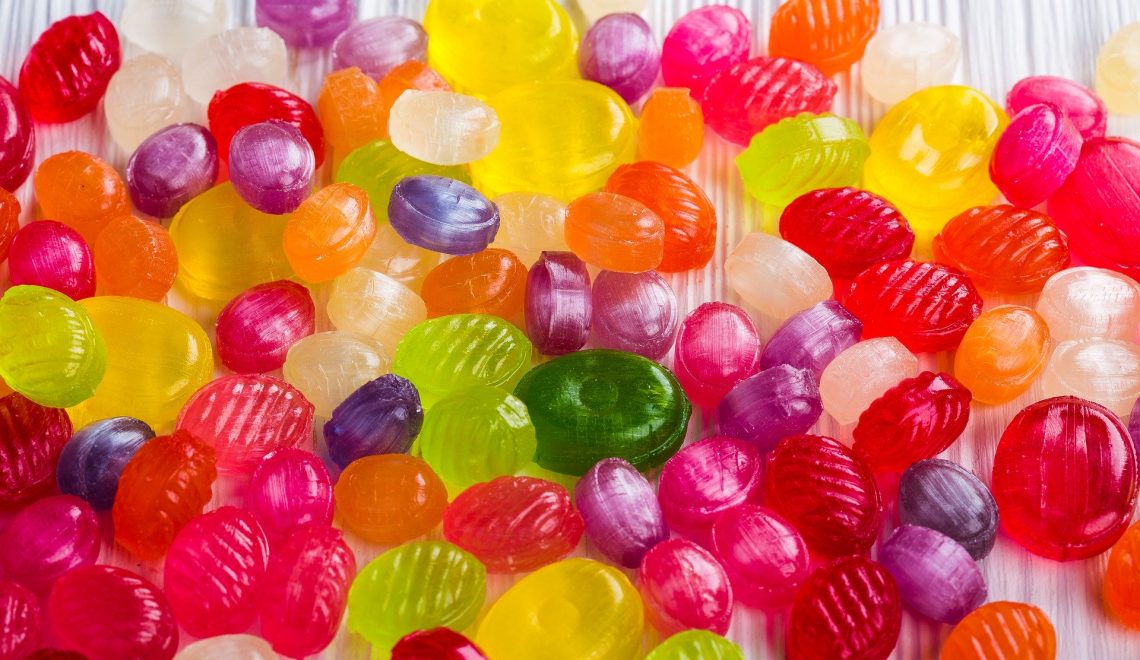
Social distancing has, for the majority, become synonymous with snacking. Many of us are turning to food and eating our emotions. I’m sad, I eat. I’m bored, I eat. I’m happy, I eat even more! It is becoming increasingly difficult to stay motivated the longer this situation carries on for.
With the clinic still closed for face to face consultations, instead we are finding ourselves with increased amounts of admin work to get through. What goes better with admin than chocolate and biscuits? Nothing. Just nothing.
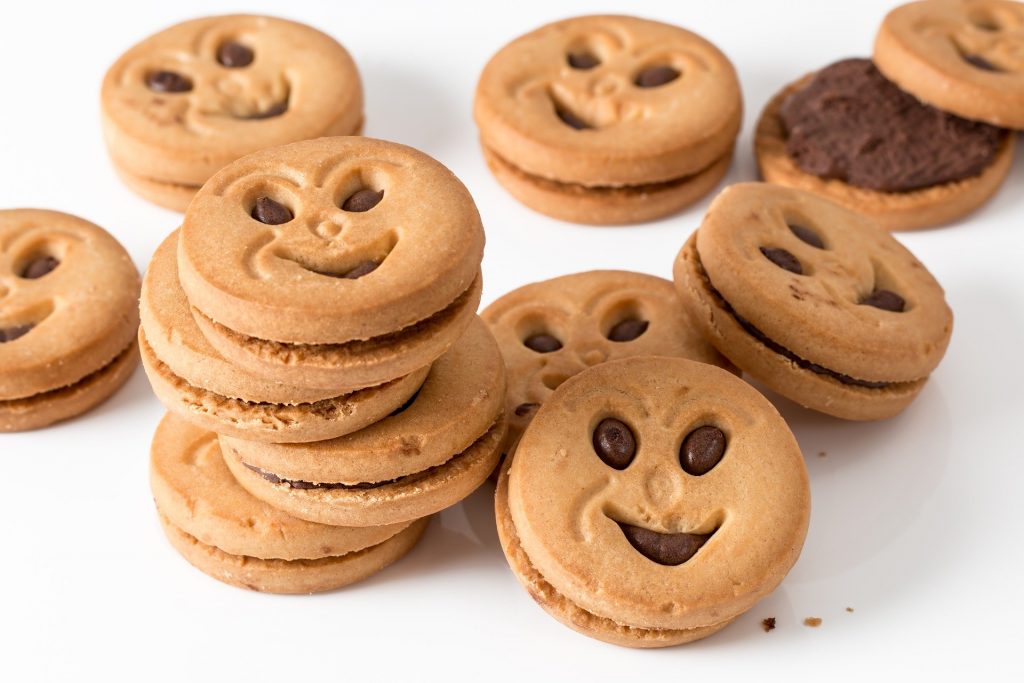
We are eagerly awaiting the green light to commence work again. We simply can’t wait to get back to all our Invisalign patients, smile makeover cases and teeth whitening kits! Not only do we miss everyone and everything about work, we also need a distraction from all the snacking!!
It is well known that sugar is bad for our teeth. Yet sugar-related dental problems are still the most widespread cause of poor oral health and disease.
The clear and simple message is to reduce the amount of sugar in our diets and the frequency at which we consume sugar. The mouth needs time to recover from sugar attacks to keep decay at bay. Cutting down on sugar reduces the damage to the teeth and also helps improve the waist line!
Here are our top tips to being sugar smart:
1.Begin the day with a smarter breakfast
Sugar and chocolate coated puffs and grains we needn’t tell you are not a healthy start to the day, many shockingly made up of almost a third of sugar. But watch out for seeming “healthy” cereals and cereal bars. Granola is often covered in sugar syrup to give it it’s crispy texture and cereals containing dried tropical fruits like pineapple, mango and papaya have a very high decay causing potential with their sticky texture and high natural sugars. Switching out for a lower sugar cereal or one with no added sugar, and not adding any yourselves, will have a massive impact on your dental health and your health overall. Filling up at breakfast time is also a great way to avoid those unhealthy snacks throughout the day. Choose natural porridge oats, plain bran and wheat based cereals and if you need added flavour take a hand full of fresh berries, nuts and seeds. Swapping a bowl of sugary breakfast cereal for plain cereal could cut out 70g of sugar (up to 22 sugar cubes) from your diet over a week.
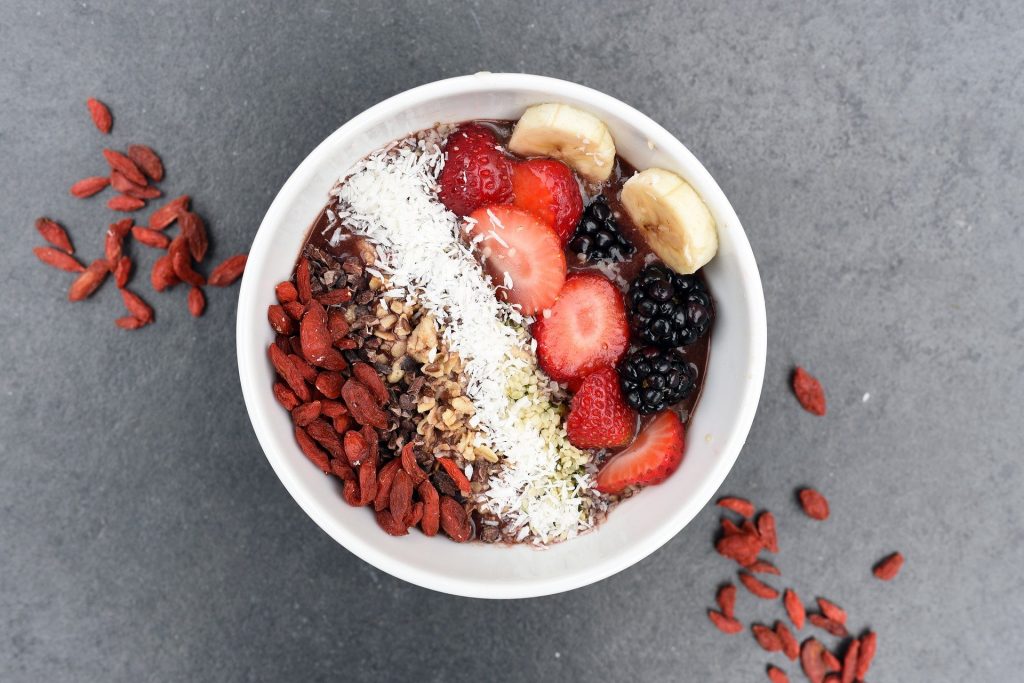
- Sugar by any other name is still sugar
When we think of sugar we probably picture the white stuff you pop in our tea. But there are many ‘hidden’ sugars in lots of things we would not even think of. Sugar can go by many names and recognising them is the first step to avoiding them. The main ones to look out for are; sucrose, glucose, fructose, maltose, molasses, hydrolysed starch and corn syrup. It is recommended that sugar should make up no more than 5% of our daily energy intake. This is equivalent to 7 teaspoons (30g) of added free sugars for an adult. However, we eat more than double this amount each day, hence why checking product labels when shopping is a useful tool for working out how much sugar you are eating.
- Beware of “fat-free”
Many products are marketed as a ‘healthy alternative’, but those claims on the packaging are only telling part of the story. When fat levels are reduced in foods this if often compensated for by adding extra sugar and salt. Often products such as fat free yogurts, mayonnaise and soup contain high levels of sugars in the form of fructose or refined sugar. A good tip is to look out for the traffic light system when we’re doing your shopping and stay clear of the red lights.
Nutrition labels will you how much sugar a food contains:
- high in sugar – 22.5g or more of total sugar per 100g
- low in sugar – 5g or less of total sugar per 100g
- Snack wisely
Mid-morning and you get the craving for something sweet to give you a boost in energy. Don’t reach for the biscuit barrel, a handful of nuts will provide that energy boost you need or try a few cubes of cheese, or crudités with a simple homemade hummus. Remember it’s not only about how much sugar we eat when it comes to your teeth it’s also about how often, so try opting for a sugar free alternative whenever possible.
- Go for fresh and high fibre
When it comes to our teeth fresh whole foods are best. By blending up a banana and strawberries into a smoothie it releases the sugars which then can coat the whole tooth, effectively bathing them in sugar. Whole fruit is higher in fibre and doesn’t have such potential to get in all the small gaps in between and around the teeth. As with your breakfast, be very cautious of dried fruit; high concentrated sugar and most often a real one getting stuck on teeth. Raw vegetables are very tooth friendly and the safest fruits to go for are berries, apples, and pears. If you can’t resist the occasional smoothie or juice, use a straw so it bypasses the teeth.
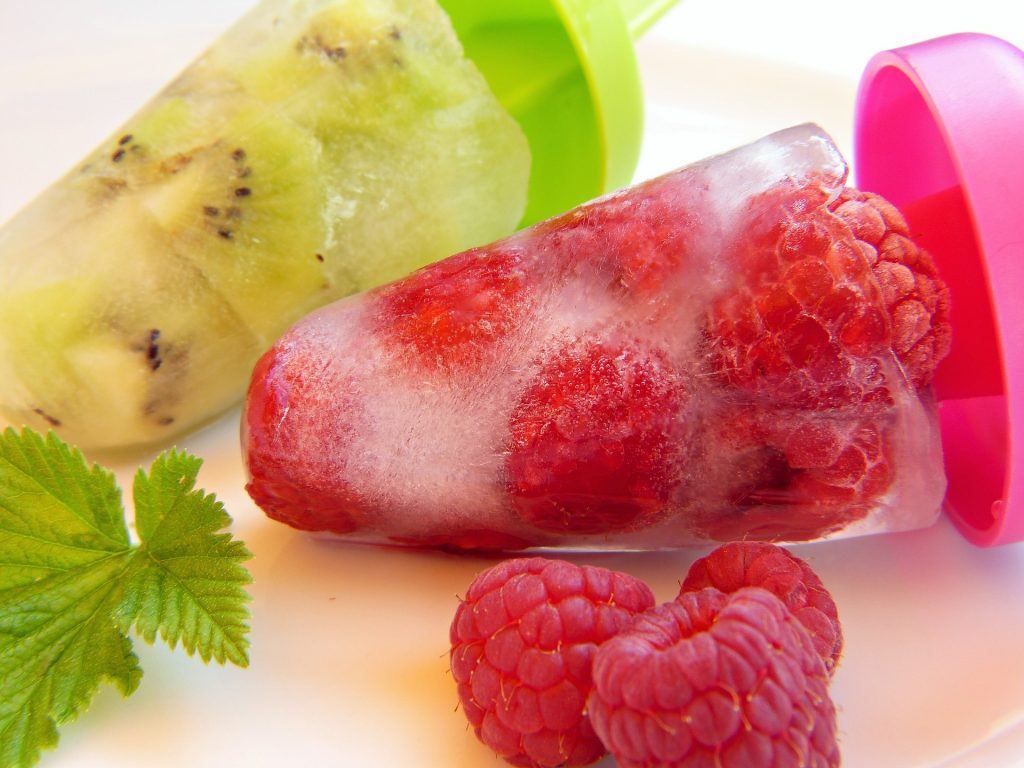
- Ward off the snack attacks
When it comes to our teeth it’s not only about how much sugar you eat, it’s how often you have it. It takes an hour for saliva to help our mouth to return to a neutral state after eating or drinking and every time we have another mouthful that time starts again. Constant grazing can leave us with a toothless grin so if you do need a sugar fix, keep it to mealtimes and give our mouth a break and always have a glass of water to with it to help the saliva buffering. Starting the day with a good wholesome breakfast will help ward off snack attacks. If you feel hungry, first take a drink. Studies show we very often confuse dehydration for hunger.
- Make sure you get your sleep
Being a night owl can spell bad news for your mouth and this is all down to routine. People who stay up late are more likely to skip brushing before bed and with the added midnight snacking this could spell disaster for our teeth. We can’t snack when were asleep so getting an early night can have a wonderful effect. Very importantly, when we are tired, it is sugary foods we reach for to try and boost our energy levels.
- The boozy sugar bath
Alcoholic drinks account for 11% of the UK population’s daily intake of added sugar. Whether it’s that pint of cider, glass of prosecco or even a cheeky G&T the sugar in them can have a huge impact on our oral health and your waist line. Try to moderate the amount of alcoholic drinks you have and have some water nearby to help wash down your tipple of choice. It helps wash some of the sugar from the mouth and our head will thank you the next day too.
- Watch out for coffee temptations
Our double chocolaty chip crème frappuccino or tiramisu latte with extra whipped cream from our favourite coffee place may be delicious, and fun to say, but let’s be honest we know its laden with sugar. If you do need a caffeine fix and have a sweet tooth try to keep it to meal times, or you could just stick with an Americano or espresso.
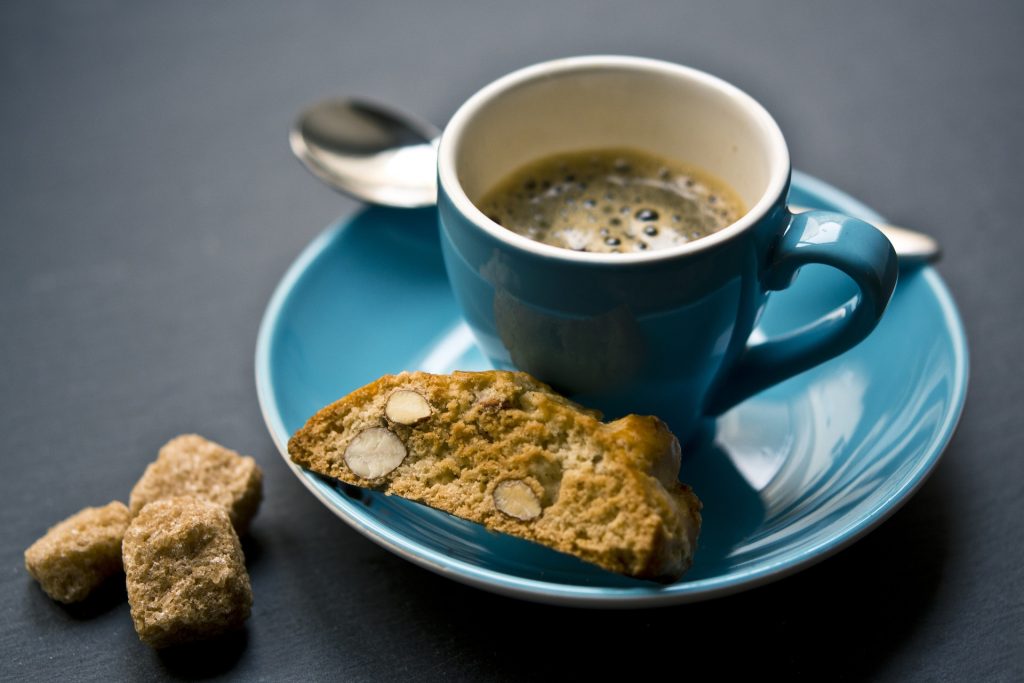
- Read the labels
Sauces and condiments such as ketchup, brown sauce, pickles and mayonnaise can be as much as 30 per cent sugar, while sweet chilli sauce can be up to a whopping 70 per cent sugar. Try to cut down by using low-sugar or sugar-free alternatives such as a tomato-based pasta sauce instead of ketchup, pesto, harissa or plain mustard instead of pickles, or hummus instead of mayonnaise.
Salad dressing can be another source of hidden sugar. Try the classic combination of a good virgin olive oil and balsamic vinegar (this often contains sugar too, so check the label), or olive oil and a squeeze of lemon. Sprinkle on some dried or fresh herbs for added flavour.
For more information, click here.


